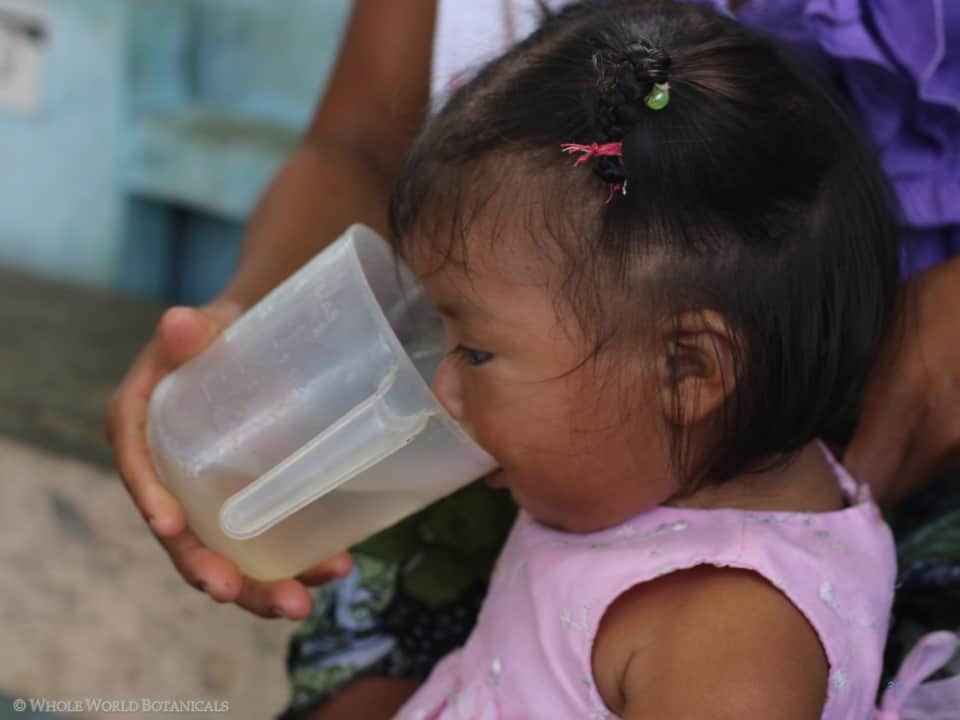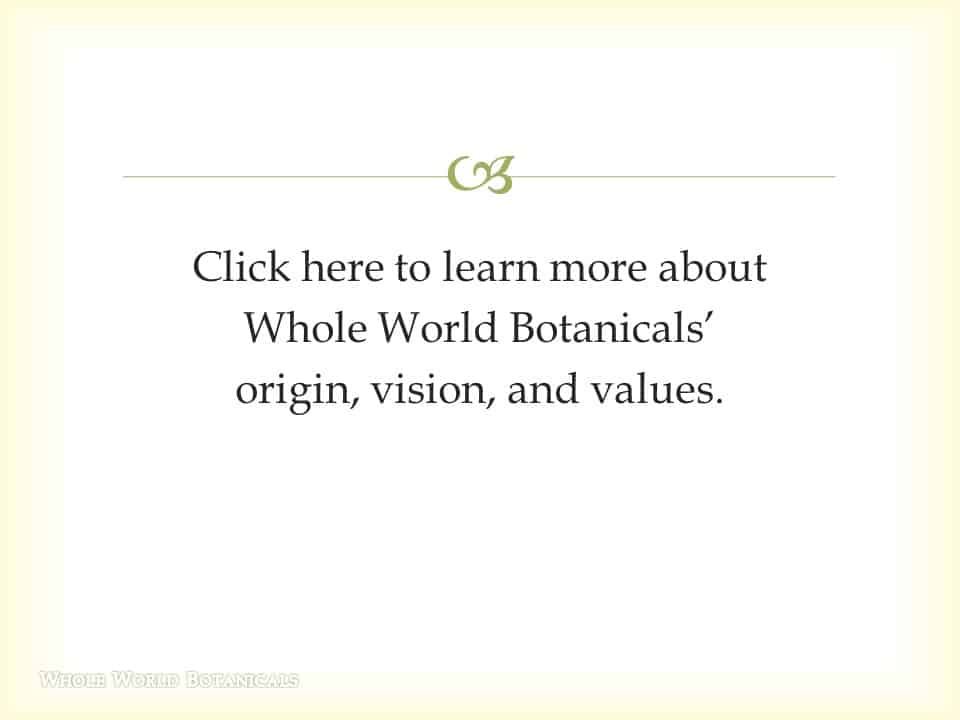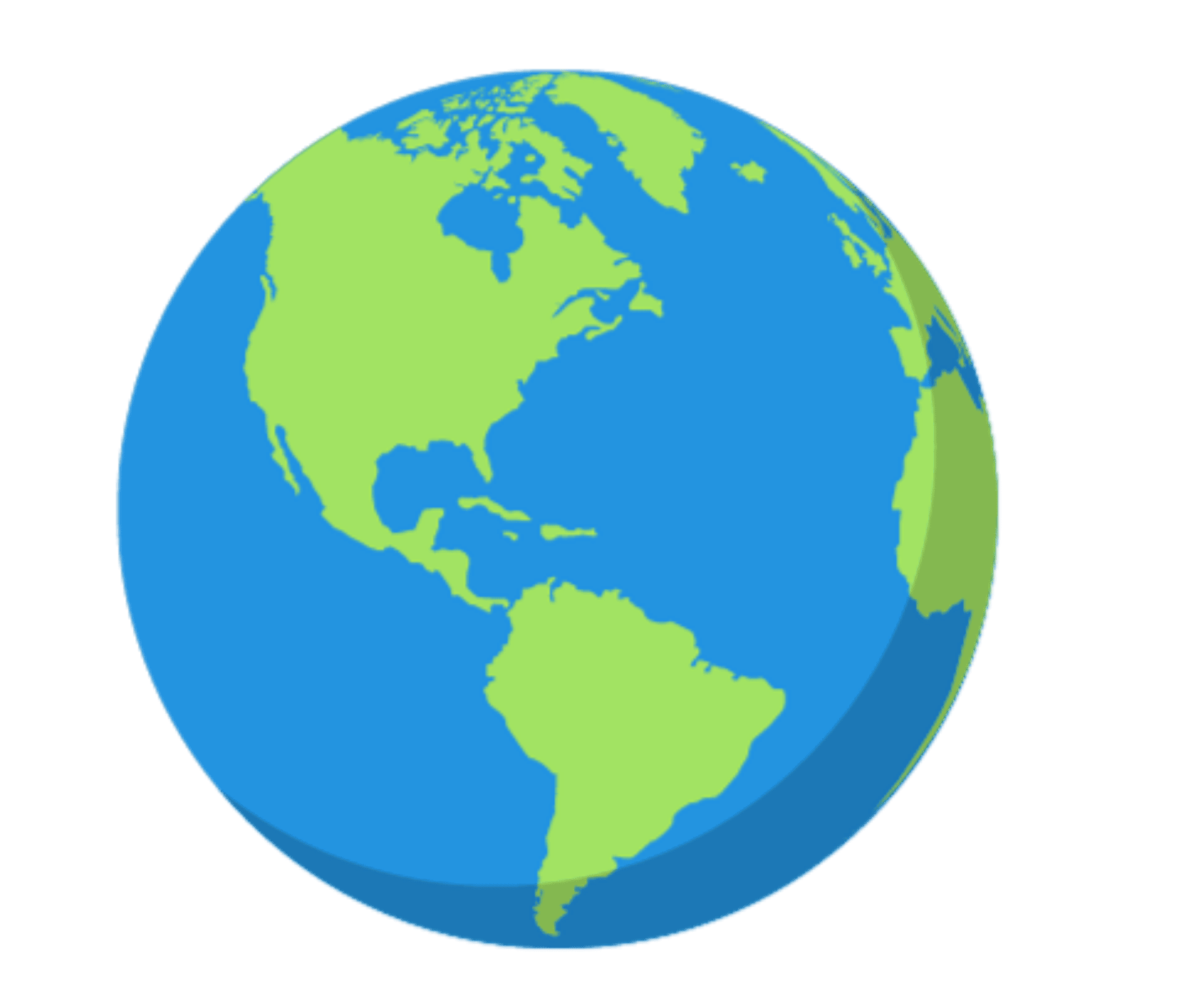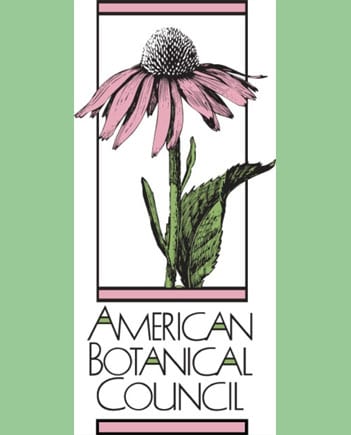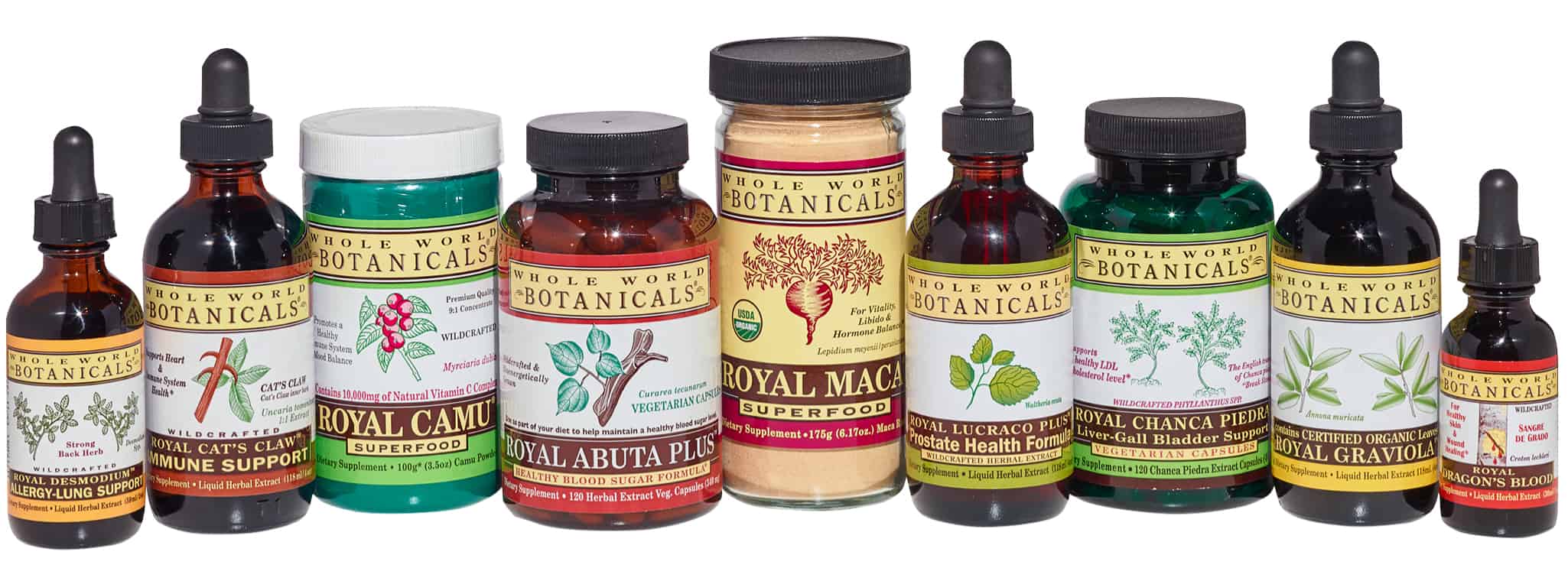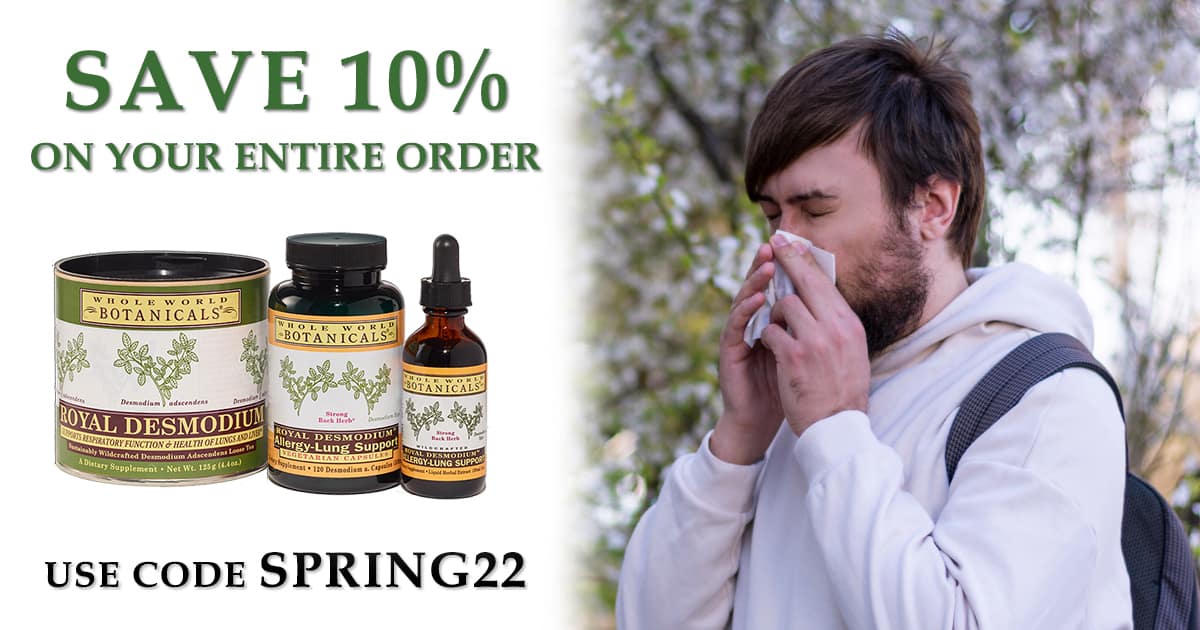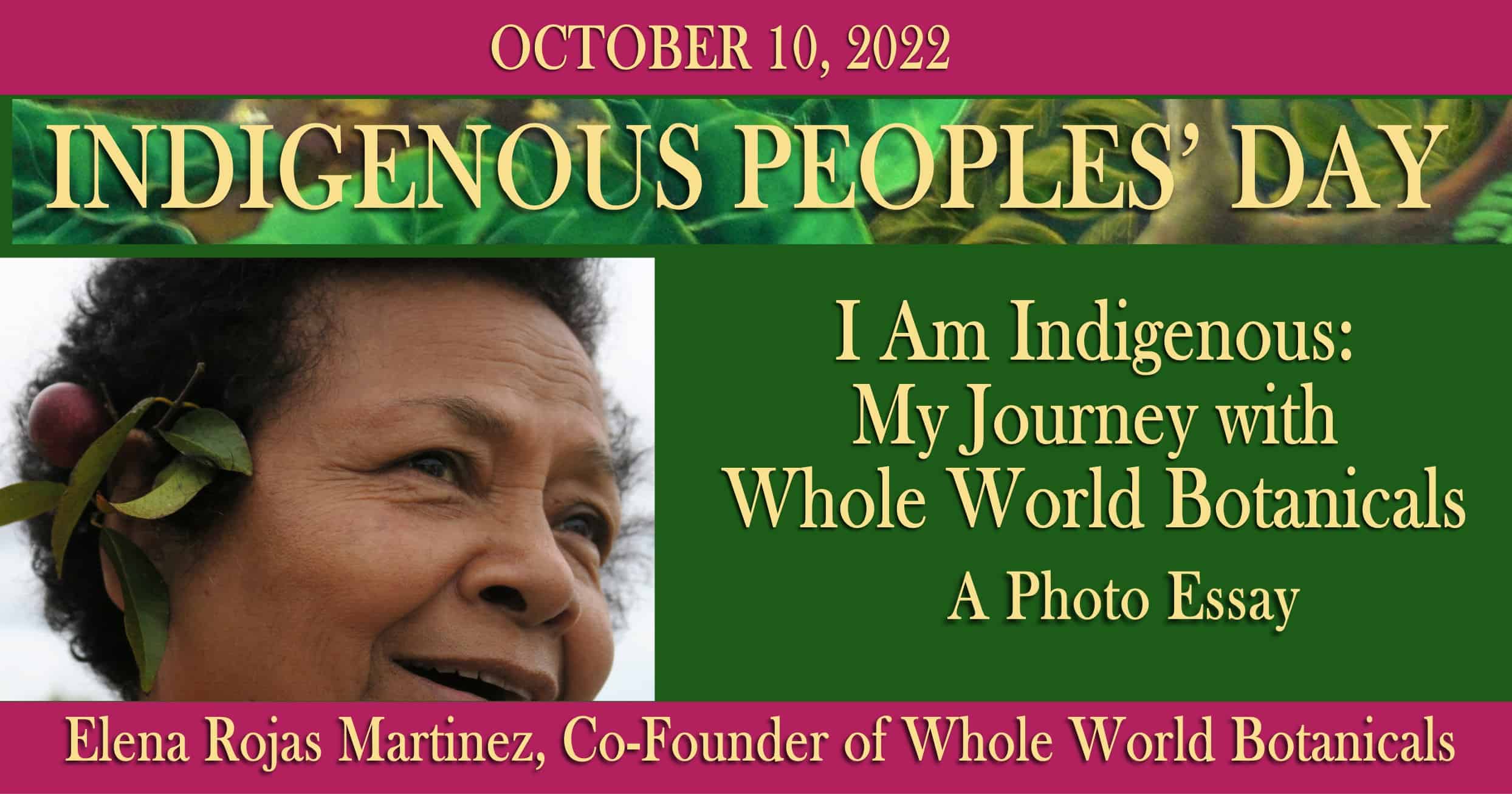
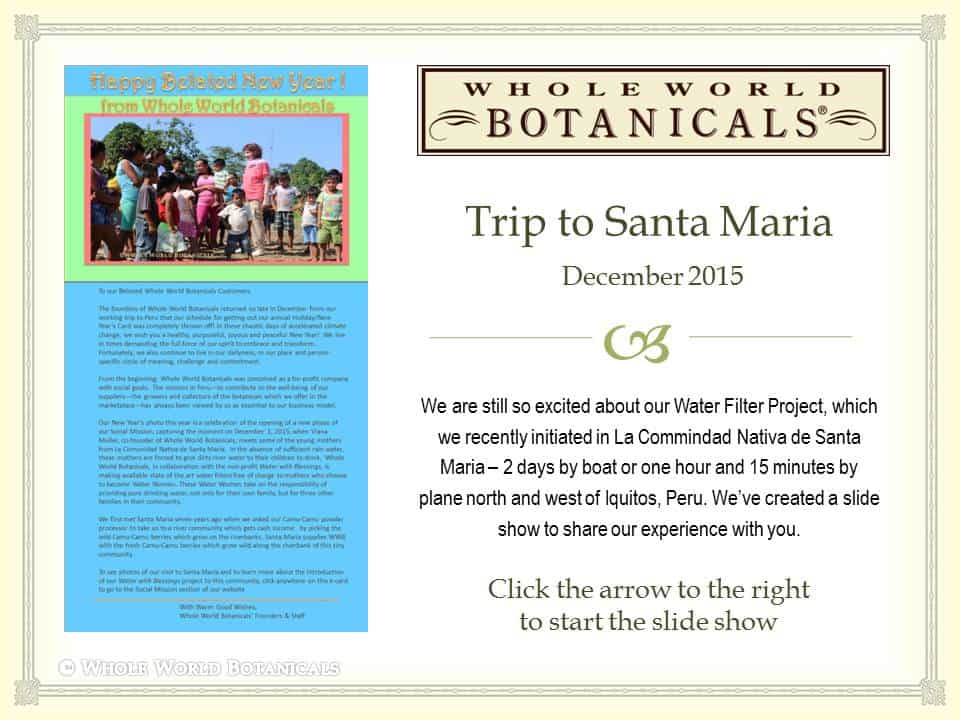
We first visited Santa Maria in the Peruvian Rainforest seven years ago after we told our supplier of Camu-Camu powder that we were eager to meet and establish a relationship with some of the Camu-Camu collectors. We wanted to make a difference in the lives of these people who are so important to the functioning of our Company. As many of you know, Camu-Camu is an Amazon fruit which has more natural Vitamin C than any other botanical in the world. It grows wild and must be picked by hand by people who live at a subsistence level along the banks of the rivers in the Amazon River Basin.

That’s me (Viana Muller), back in 1998 talking to the Apu (mayor) of this tiny village of about 100 people, including the babies. He told us they needed school supplies as their hamlet had no stores and the notebooks and pencils were very expensive to buy. That visit launched our first social mission with the collectors of the wild Camu-Camu, which grows on the banks of the Curaray River.
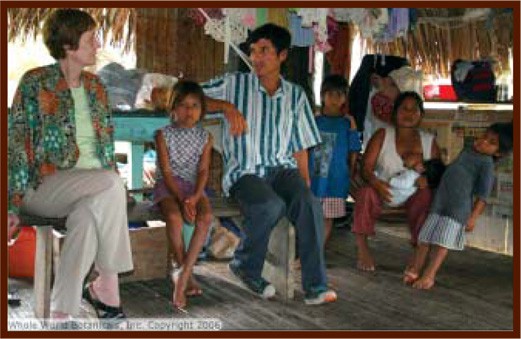
We flew to Iquitos, a city deep in the Peruvian Rainforest, to prepare for our trip to Santa Maria. Everyone in Iquitos gets around on a motor scooter or a “motocarro”—see upper left of photo. I am with Ofelia, a dynamic woman with lots of experience in the riverine communities on tributaries of the Amazon River, who accompanies us on our trip to Santa Maria.
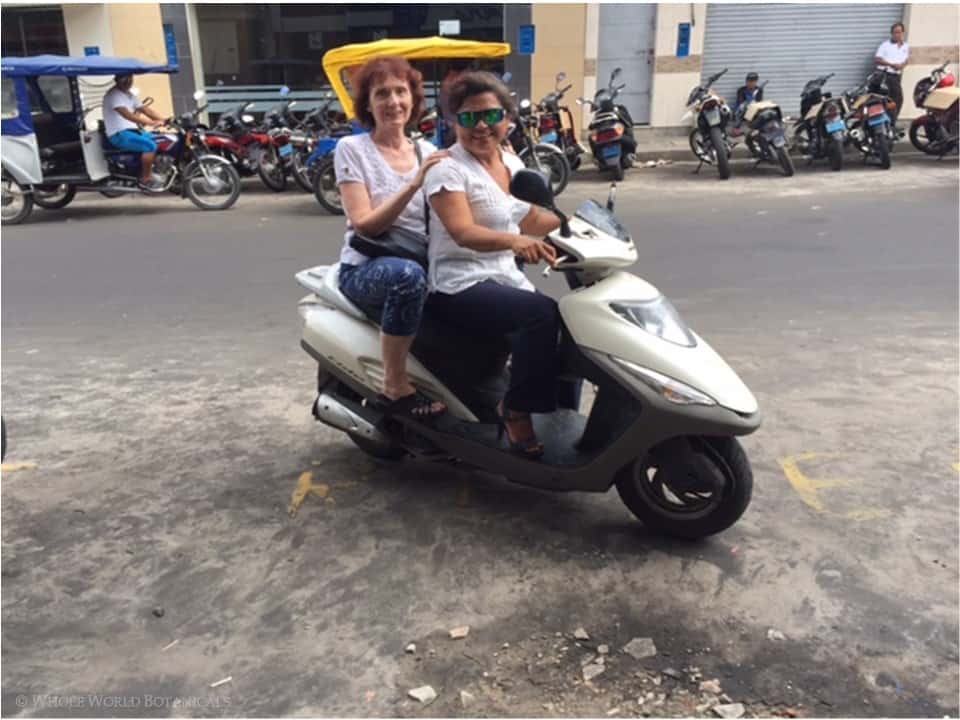
So I had a tummy upset and we hightailed it over to the big outdoor market that sells everything. Well, almost. They didn’t have the real uña de gato (Cat’s Claw bark—species Uncaria tomentosa) which is harder and harder to find.
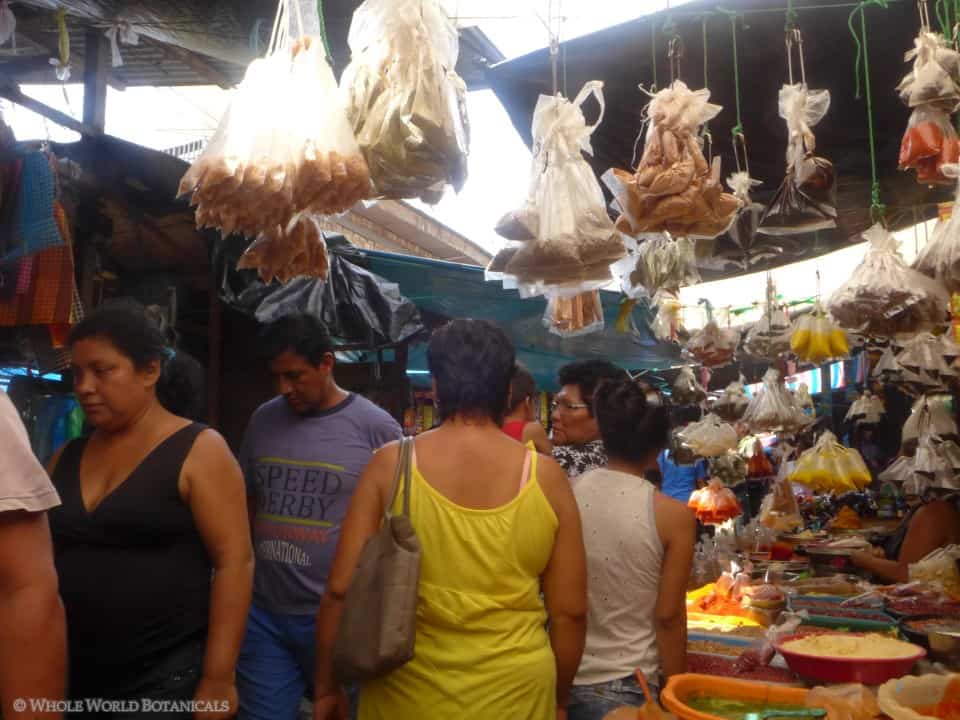
We don’t have much time so we decide to take a hydroplane for one-day trip to Santa Maria. Our party of 4 takes two motocarros to arrive at the steep steps taking us down to a dock.
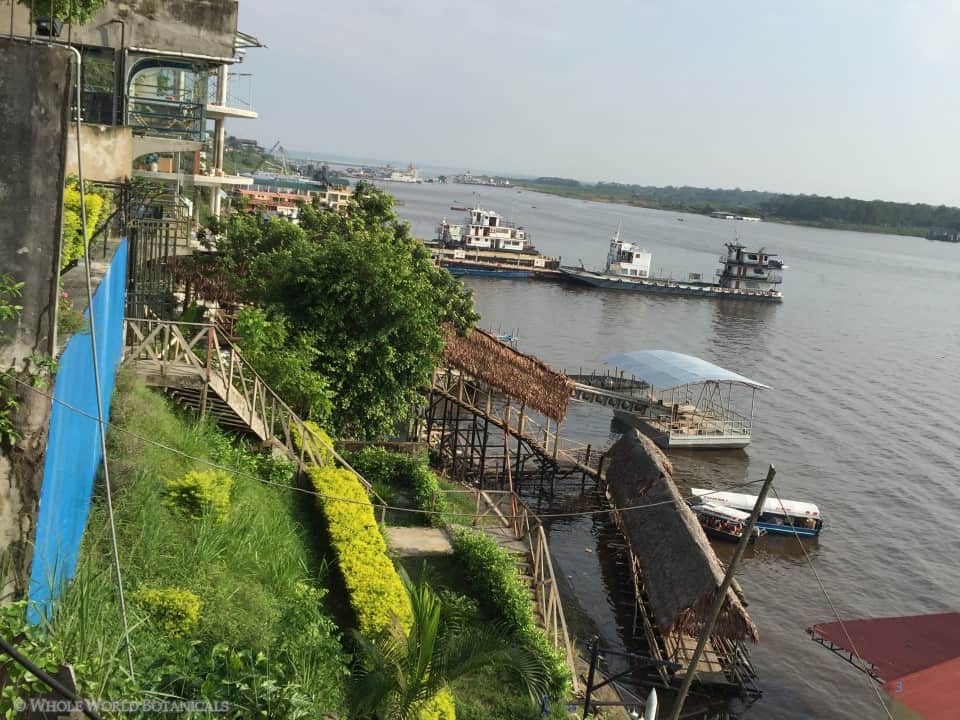
We descend the steep steps to the boat that will take us to the hydroplane. In front of me is Marden, who has tons of experience traveling up and down the rivers of the Upper Amazon River Basin. A tough man of the river but in relationships with people he’s protecting, he’s a gentle giant.
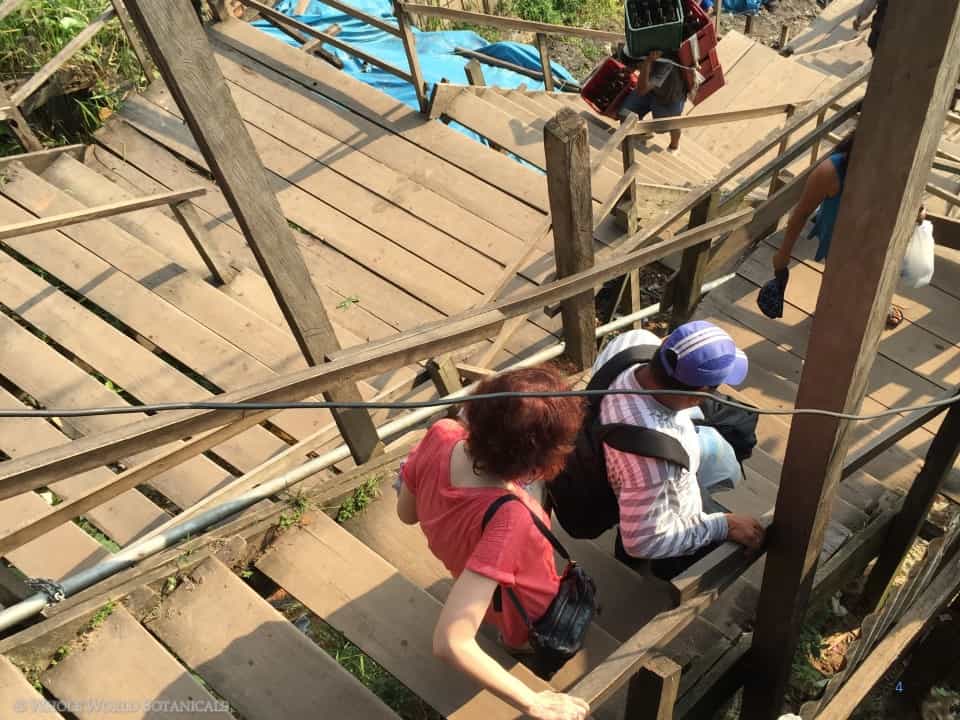
We go out by boat to the wharf where we board the hydroplane.
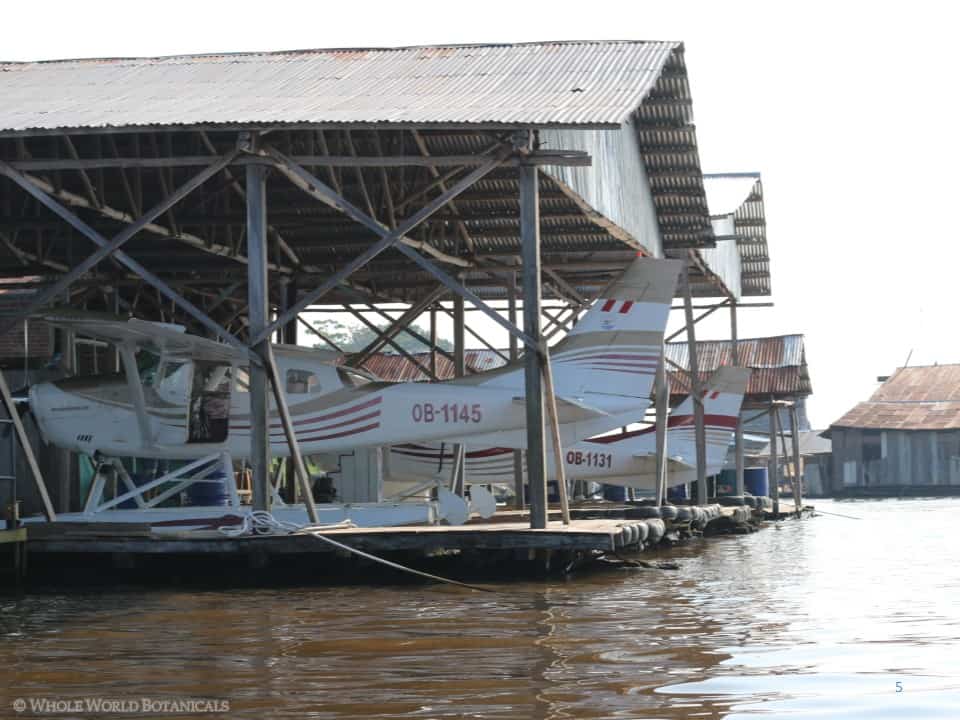
Here we are boarding the plane. The pilot weighed us and everything we were carrying to make sure we had no overweight. Once we included the cameras, the water filters, our questionnaires, and the chocolates to give to the children, we were right at the weight limit!
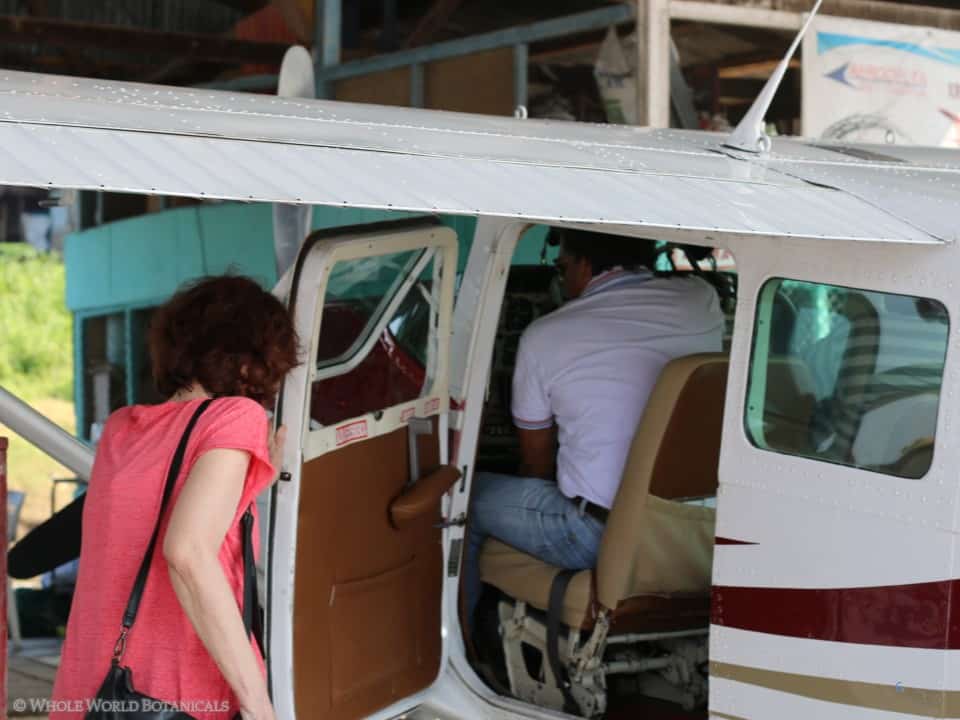
As we take off and rise up above Iquitos, we have a great view of the warehouses loaded with goods to be transported up the Amazon and out to the tributaries.
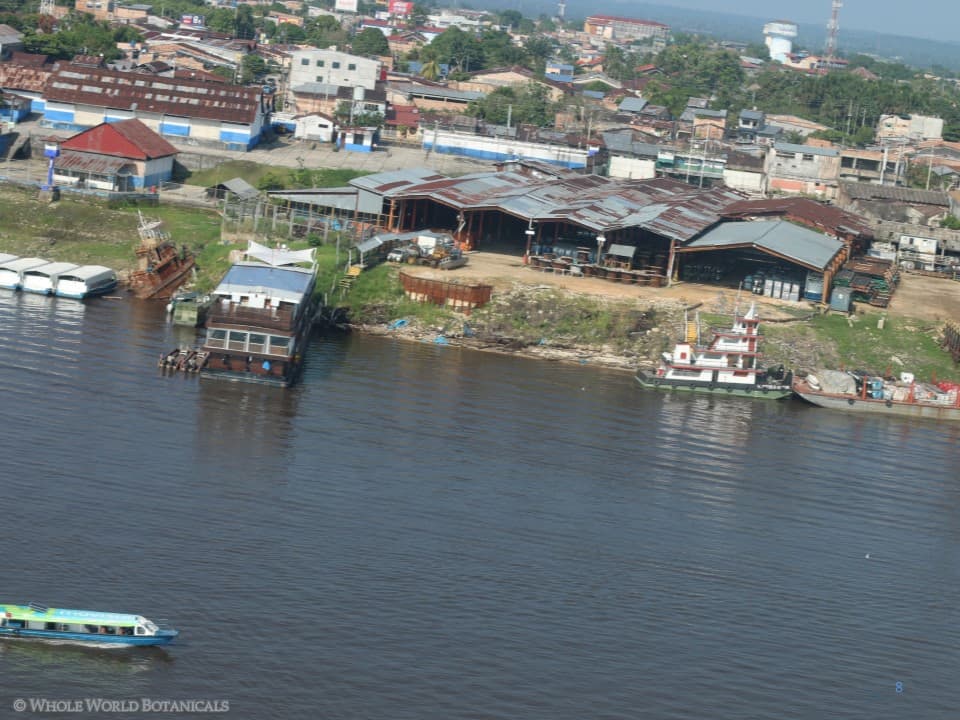
Our destination is Santa Maria on the Curaray River. We fly North leaving the Amazon River and will follow the Napo River until intersecting the mouth of the Curaray. From there we will head west to the riverine village of our Camu-Camu collectors.
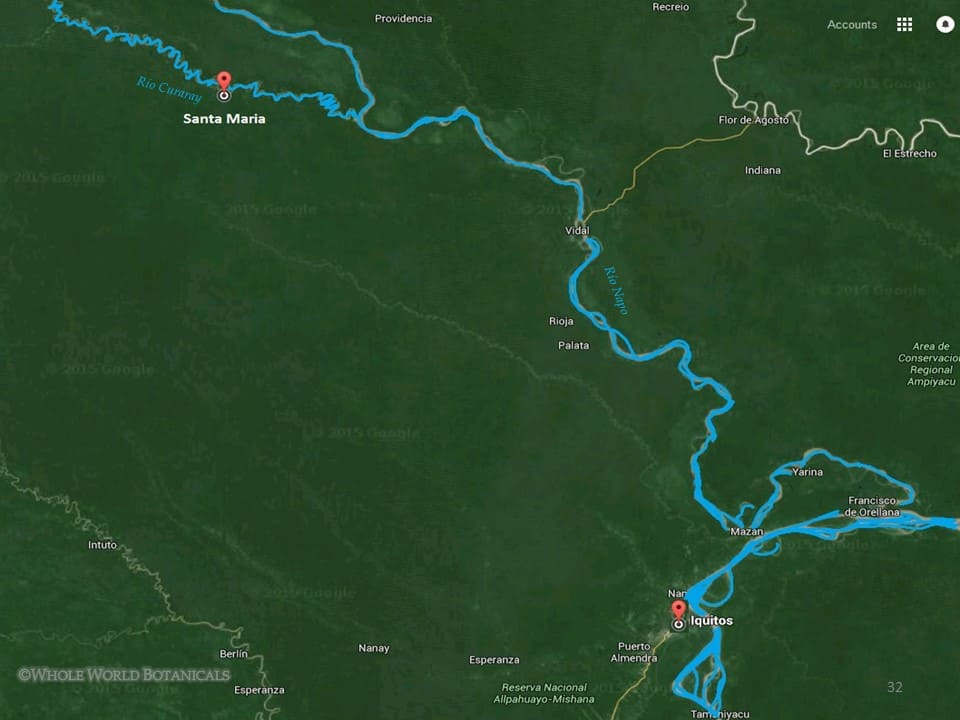
Rising higher we have a glimpse of the endless green carpet of trees that goes on for days in the vast Amazon River Basin.
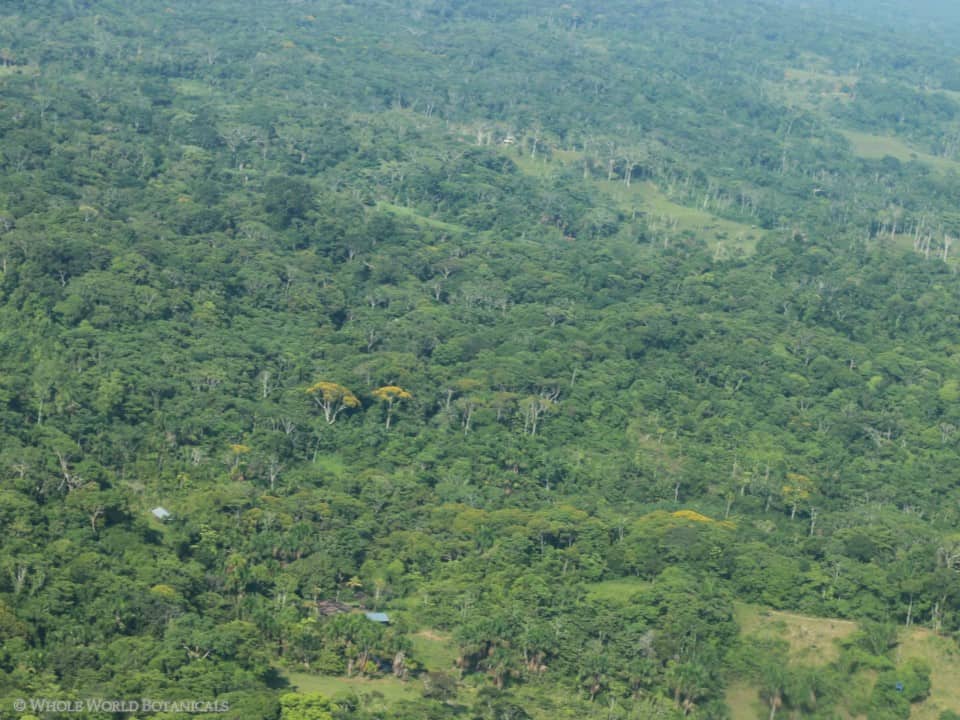
The pilot hugs the rivers—and consults his marine navigational map--his only guide to our final destination. These graceful serpentine forms are so typical of the rainforest, at times forming oxbows completely cut off from their rivers of origin.
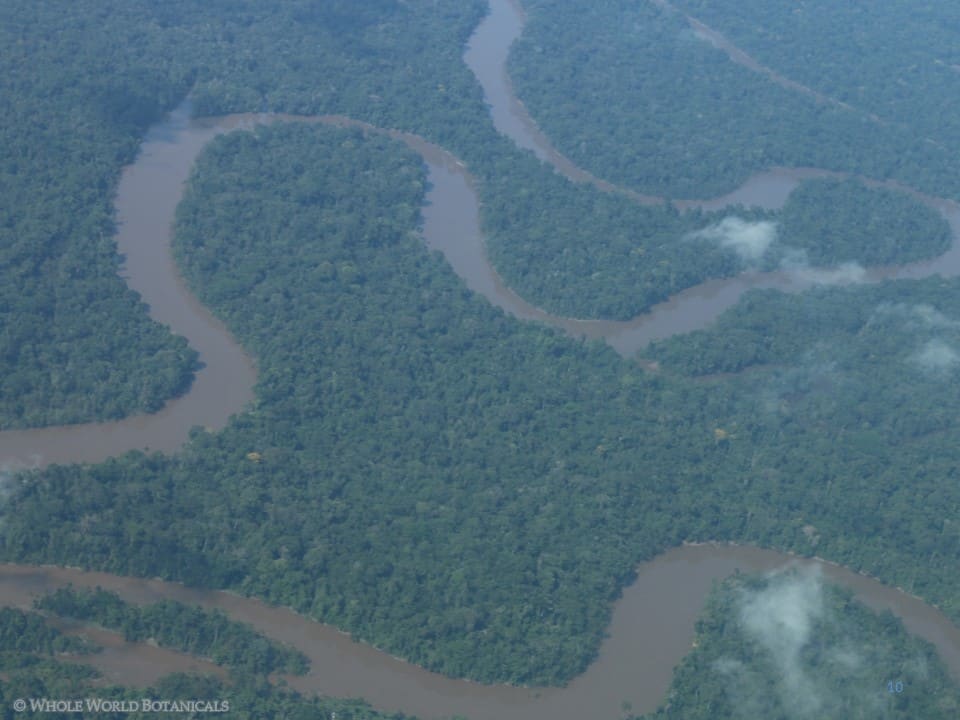
I take a few minutes to prepare my spirit for our upcoming encounter with the mothers of Santa Maria who might want to participate in our Water With Blessings project. There are so many unknowns.
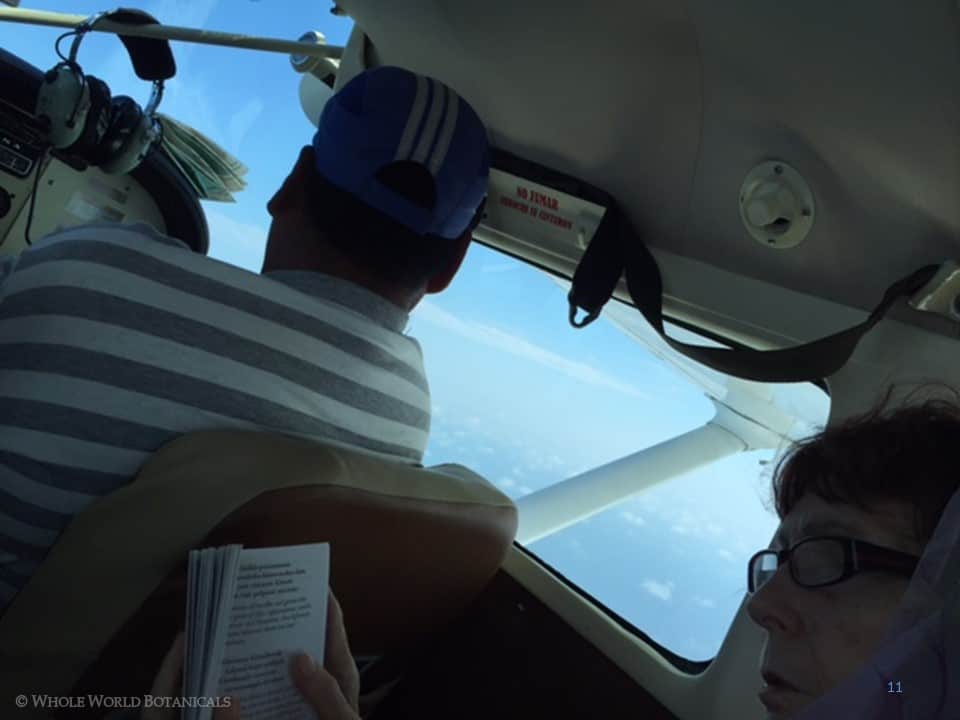
The first houses appear as our plane descends. I am looking for the children who I know will be running to greet our plane. (On our last visit to Santa Maria, that’s what happened and it was a captivating moment.) It all happened so fast that we were not able to capture on film the 50 or so small barefoot kids running along a path right next to the river to the spot where they knew our plane would dock.
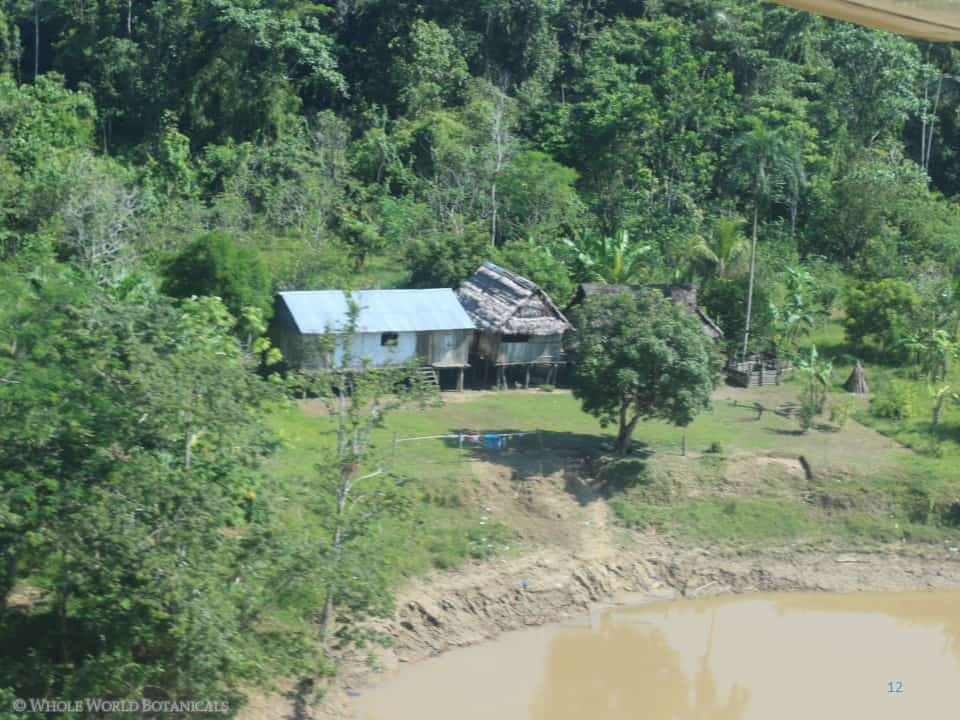
Some of the older boys come right down to the plane to see who the visitors are and to get a close look at the plane. Ofelia beams at them. (Elena is unseen, always taking photos!)
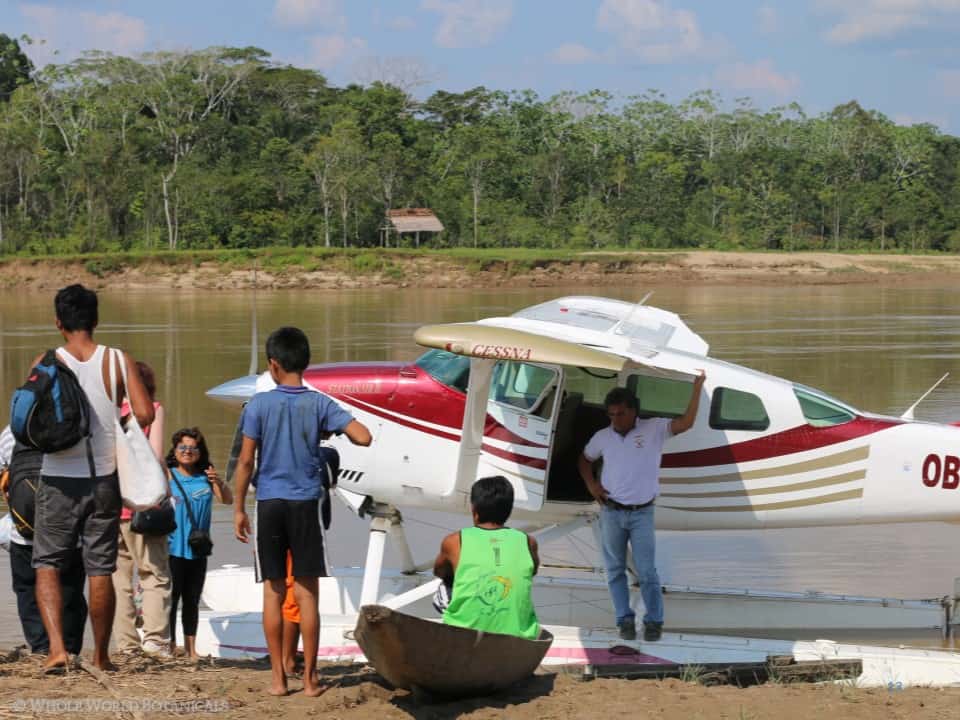
We climb the bank of the Curaray and I pose with some of the many children who came out to greet us. The Apu of Santa Maria (population 296) released the kids from school just to meet our plane. They rarely have visitors.
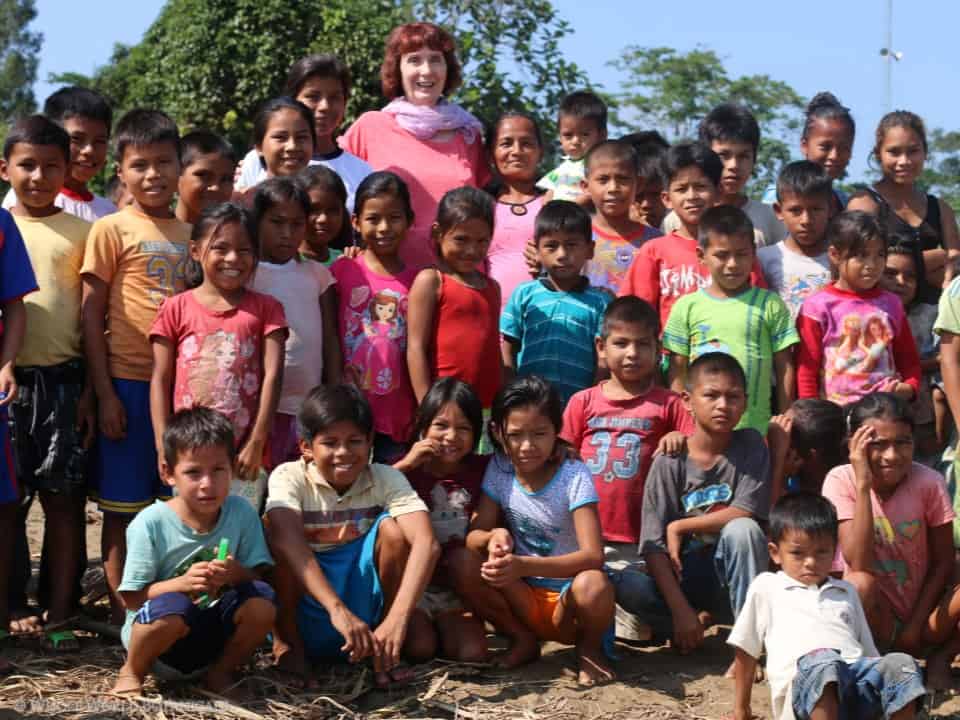
Here I am meeting some of the young mothers surrounded by their kids, who will participate in our health survey focused on water borne illnesses.
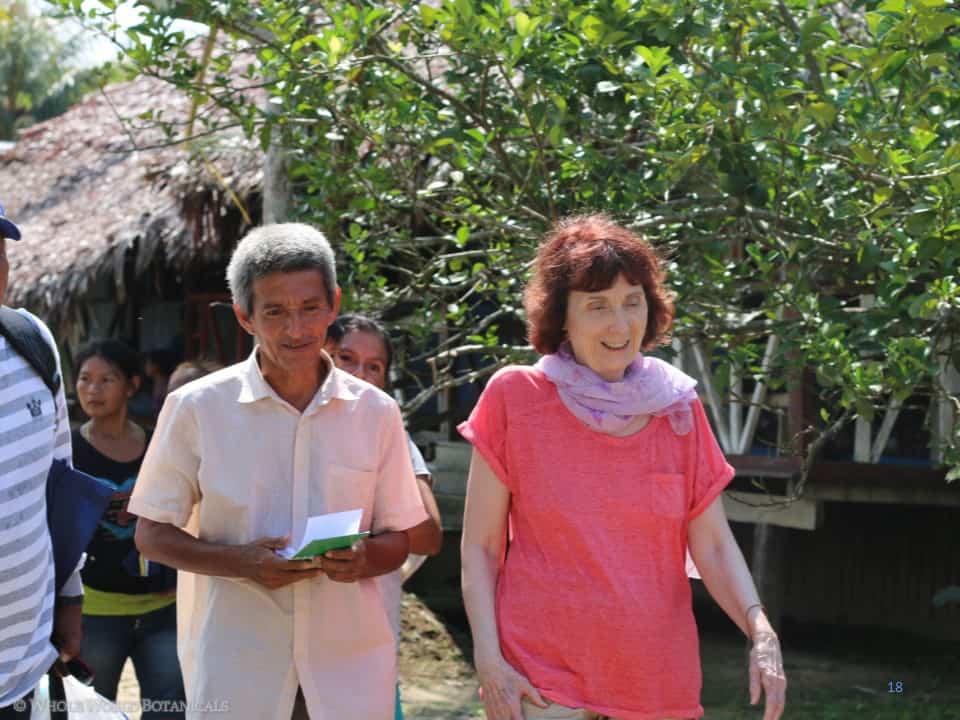
Apu Jesus, mayor of Santa Maria, which has nearly tripled in size since we were last here, warmly greets us and insists that before I go to meet the mothers to explain the clean water project, I visit the maloca. A new pilot program for high school students is in full swing. (The small communities located on the river banks in the Amazon River Basin just have primary schools). He wants me to tell the students who we are and why we have come to Santa Maria.
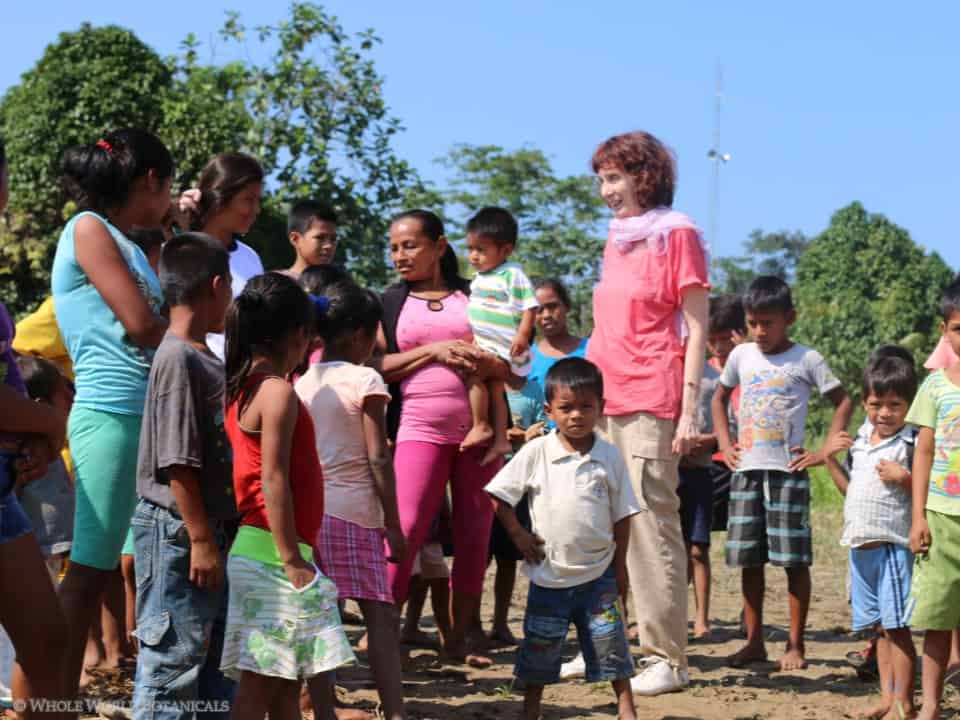
On our walk to the edge of the community we pass the Camu-Camu bushes, whose naked spindly branches are clearly visible. During the rainy season the river extends out beyond the Camu-Camu bushes and you can only see the tops of the branches.
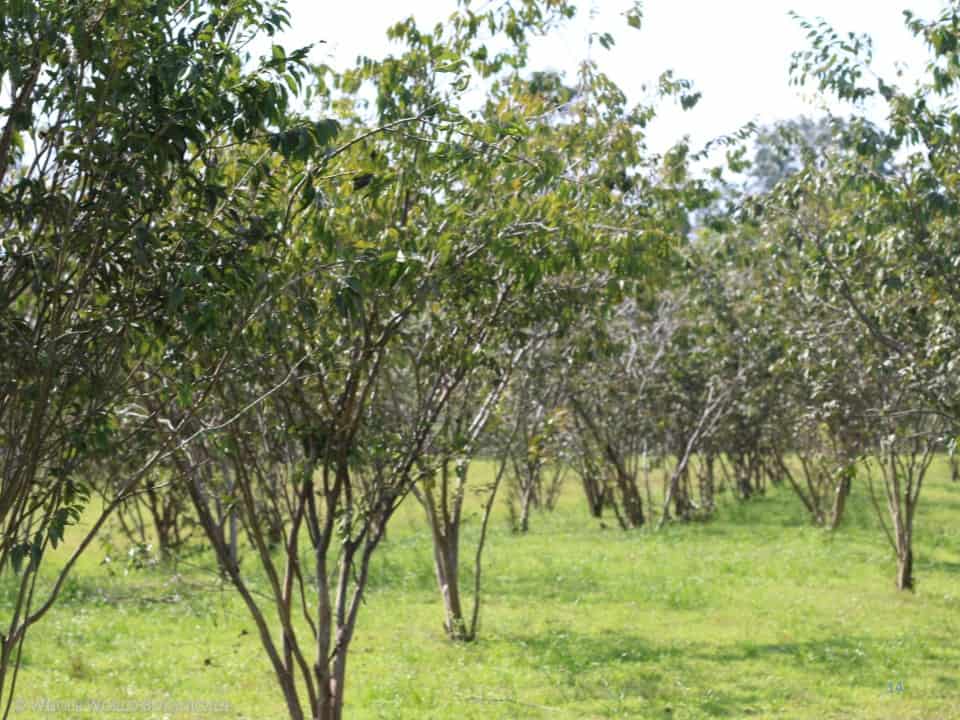
More Camu-Camu bushes with just a few dried fruit left over from last year’s harvest.
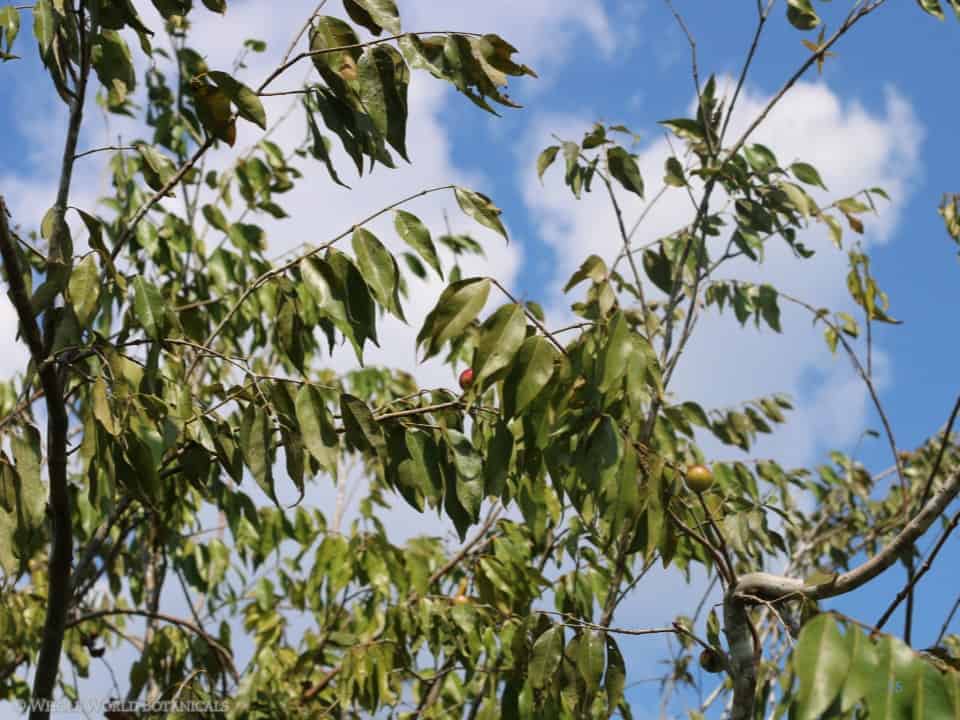
On our walk on the footpath to the maloca, we pass by many houses, all elevated to escape the rising river during the rainy season.
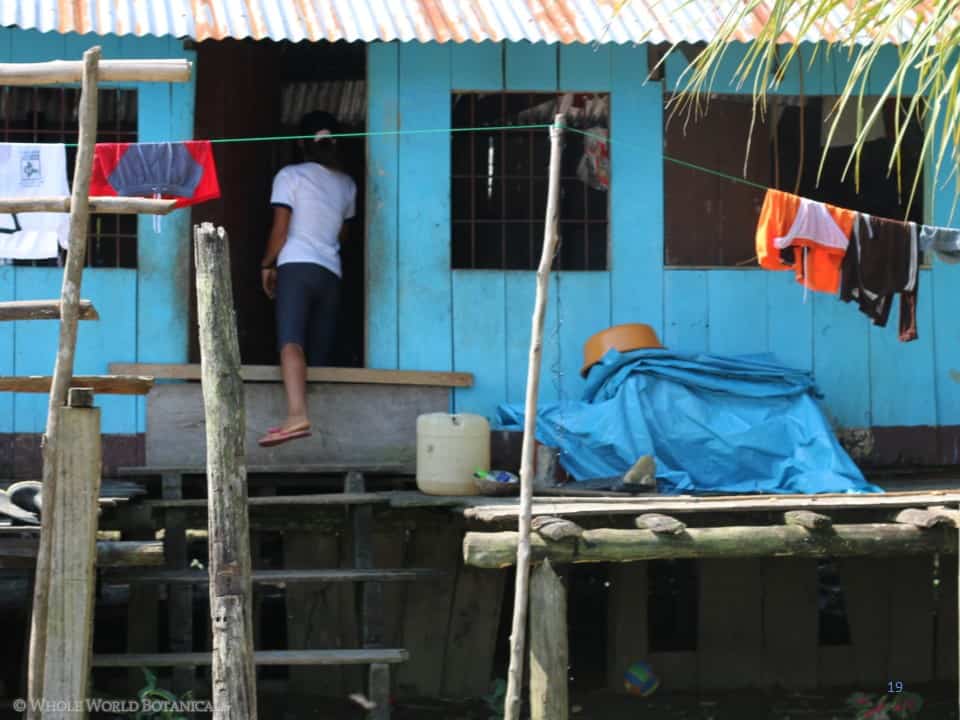
We see the maloca in the distance, a round house with a conical roof, typical and traditional in the Amazon rain forest. To the left in the photo you see smoke rising from the small house where the cook hired to prepare food for the high school students is making lunch.
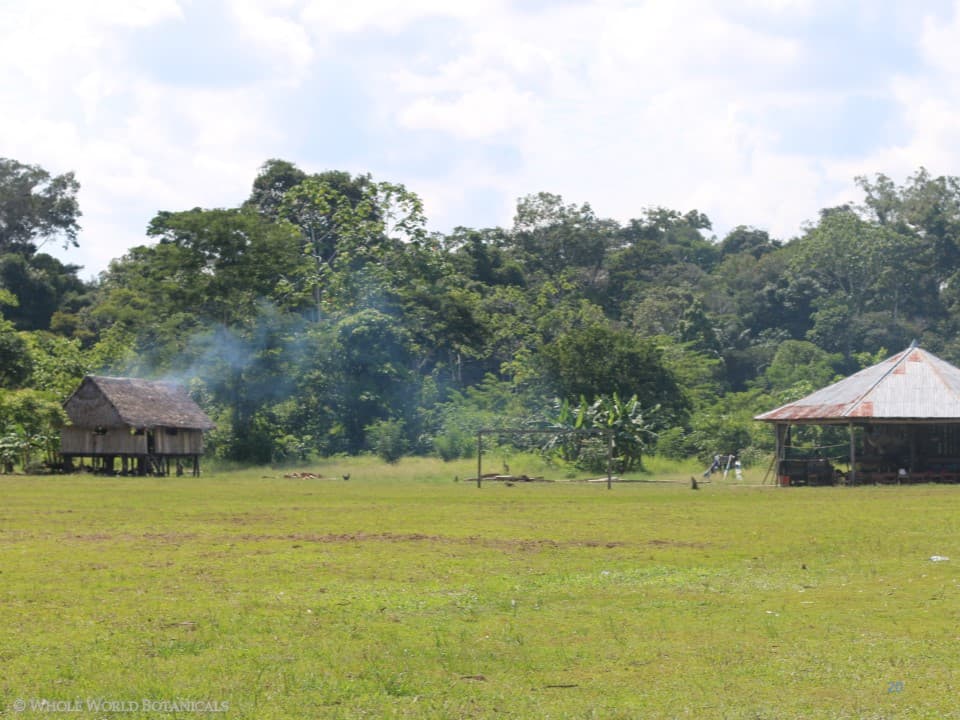
A view of the maloca, which much to my surprise is not only where the students study, but also where they live (many of the students come from outside Santa Maria and are boarding in the maloca)! In the photo most of the students are taking a break, talking to their friends, and a few are resting on their beds.
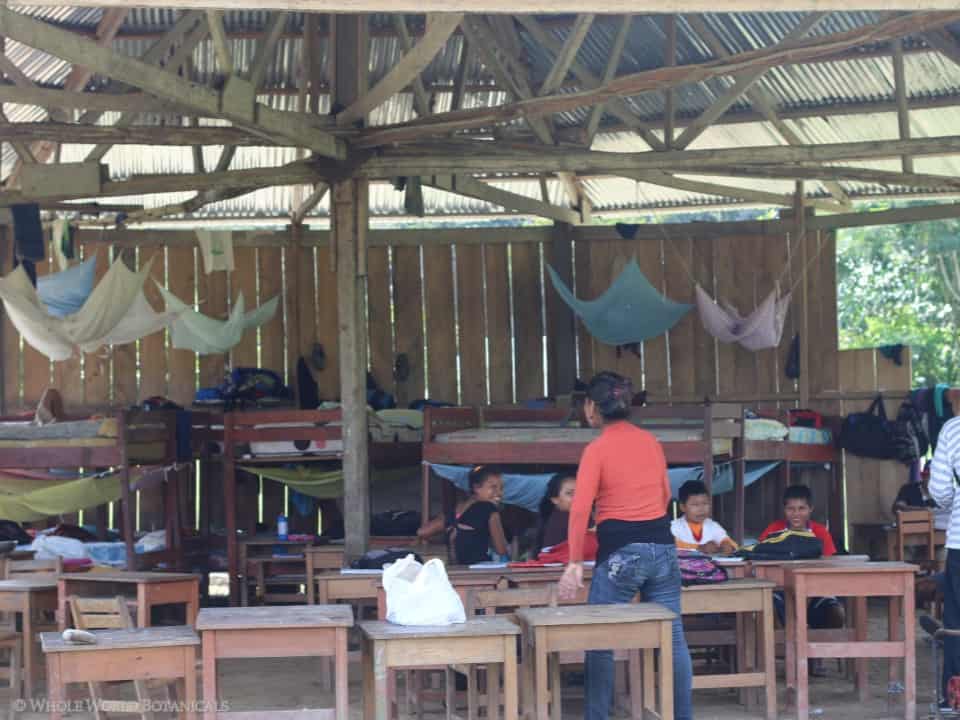
Next we hustle back to the new and enormous Community Center, big enough to hold the entire population. When we were last here, all meetings had to be held in the primary school. Out of 54 mothers in total with school-aged children in Santa Maria we find about 40 mothers assembled. They are waiting with curiosity to find out what we have come to say. Many have brought their young children who are not in school.
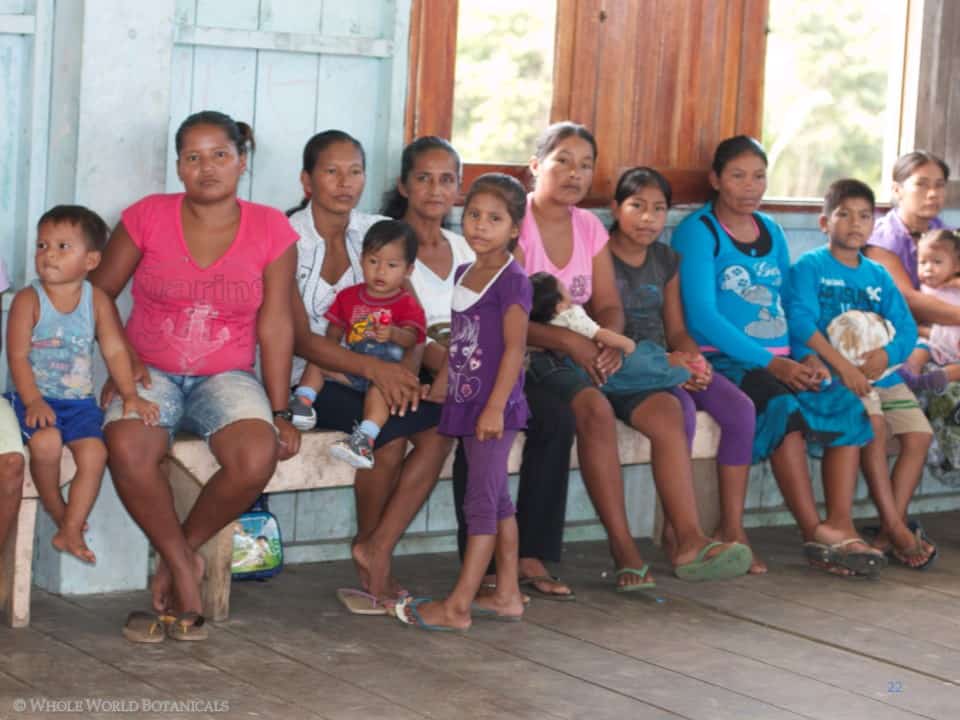
Mothers with babies find it more convenient and comfortable to sit on the floor.
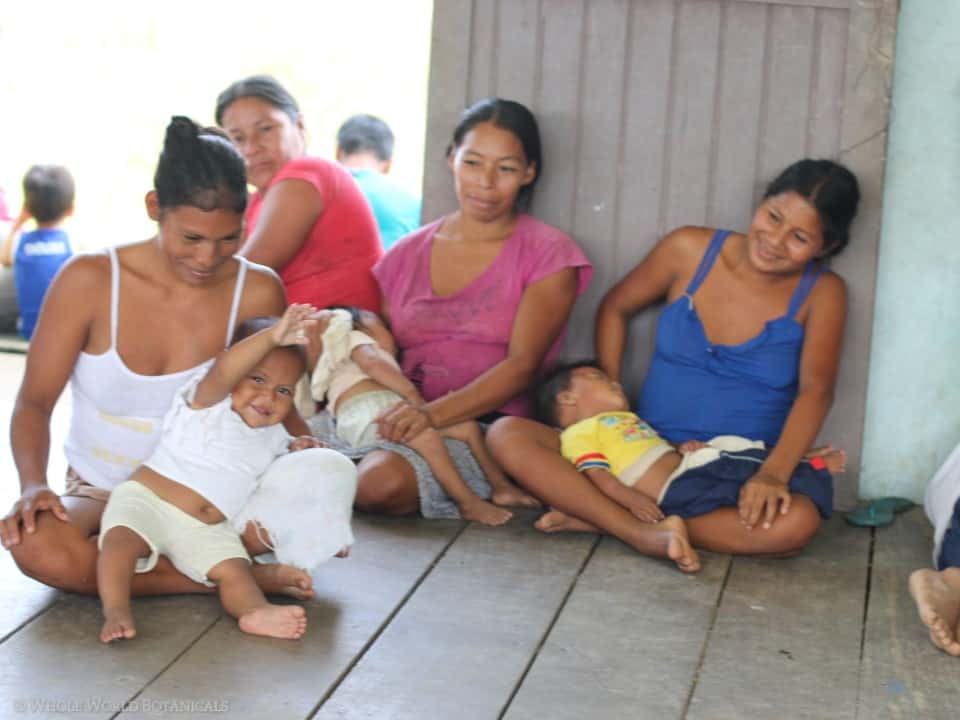
Apu Jesus introduces me. I explain how Whole World Botanicals buys the Camu-Camu picked on the banks of the Curaray, after it has been processed into powder. We are delighted to have returned to Santa Maria and are again offering school supplies. However, we also came to conduct a health survey – to find out how many families have recently been affected by water borne illnesses.
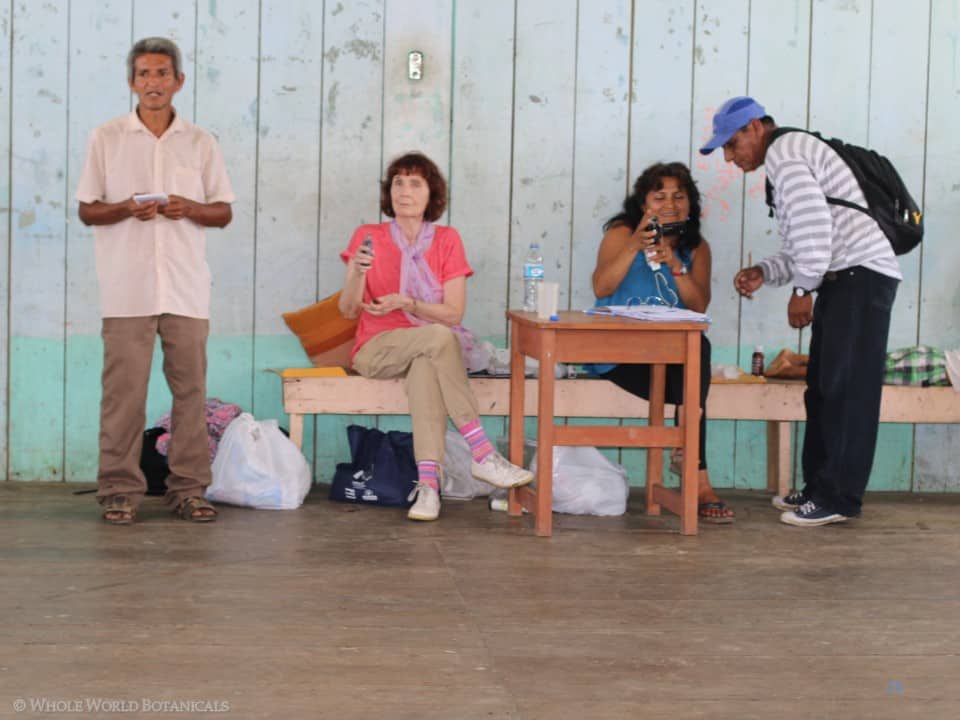
We ask for 15 volunteers to take the health survey. Santa Maria’s health promoter, Ofelia, and I help the mothers to fill out the questionnaires. Ofelia efficiently tabulates the information and discovers that every single family has young children who have had diarrhea or bloody diarrhea (dysentery) in the previous 30 days! Rainwater is the usual source of clean drinking water in Santa Maria but during the dry season when it might rain only once or twice a week, the community must resort to drinking dirty river water.
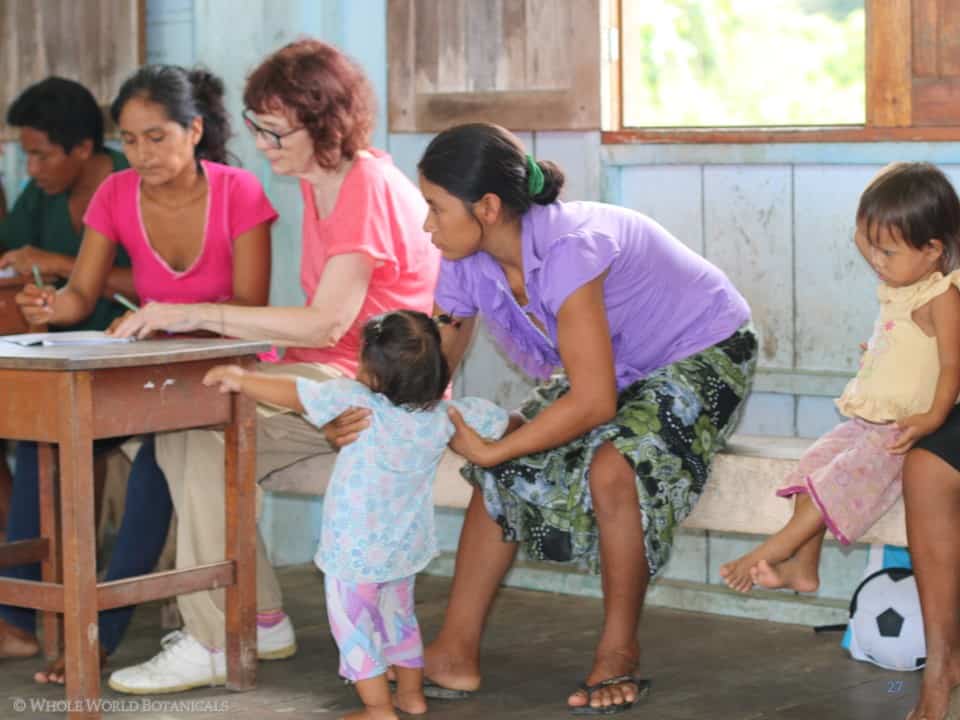
Now that the health survey has dramatically revealed the extent of water borne illnesses in Santa Maria — this the moment to offer a solution. Ofelia demonstrates a conventional water filter which was purchased in Iquitos. It lasts for 3 months before the filter must be changed.
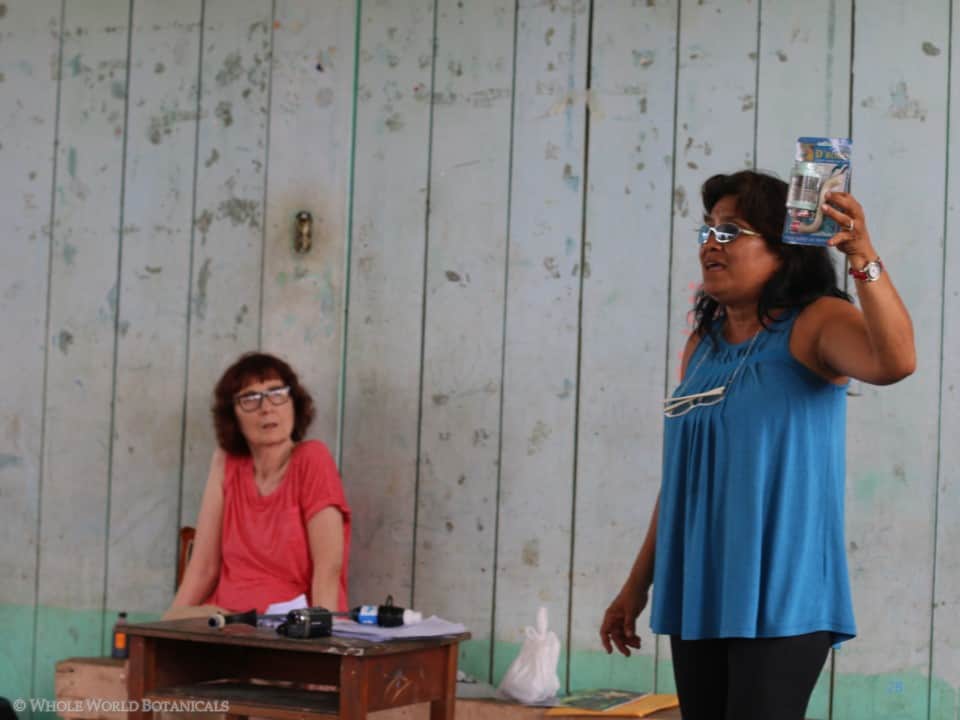
Ofelia then demonstrates the filter we have brought to offer free of charge to the mothers in the community who are prepared to become Water Women. This filter will last a lifetime if properly cared for every day. And it filters out not only bacteria, including e. coli, cholera, and typhoid but also parasites—huge issues in all riverine communities without treated water.
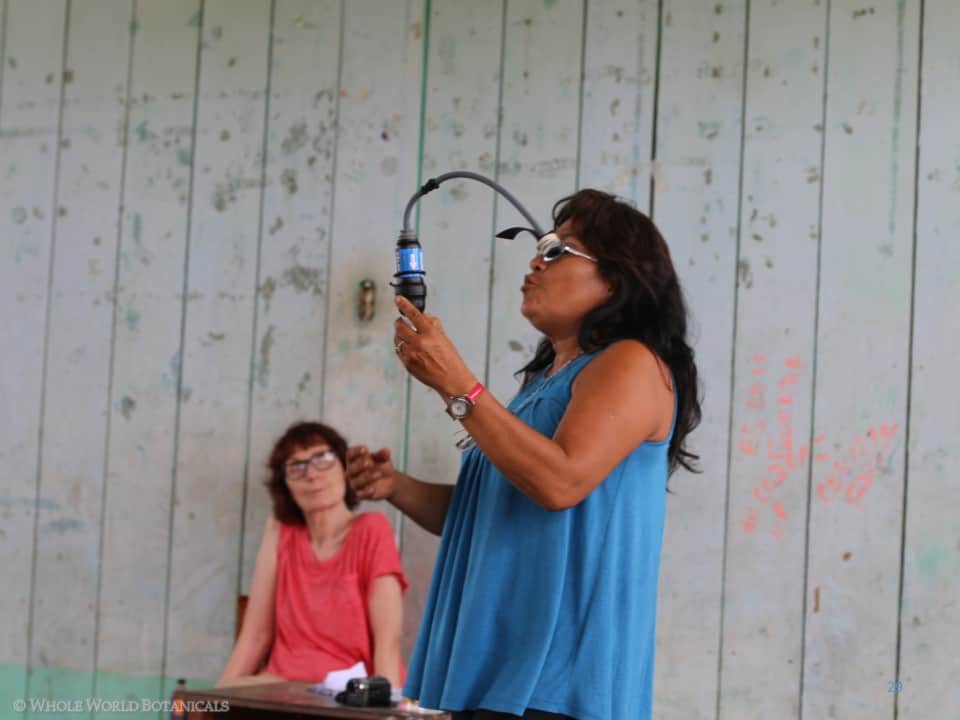
Shown in this photo are two young mothers who volunteered to become Water Women. All Water With Blessings community projects depend on compassionate Water Women who volunteer to filter water not only for their own family but also for three other families in their community for six months. By the end of our meeting we had 14 volunteers
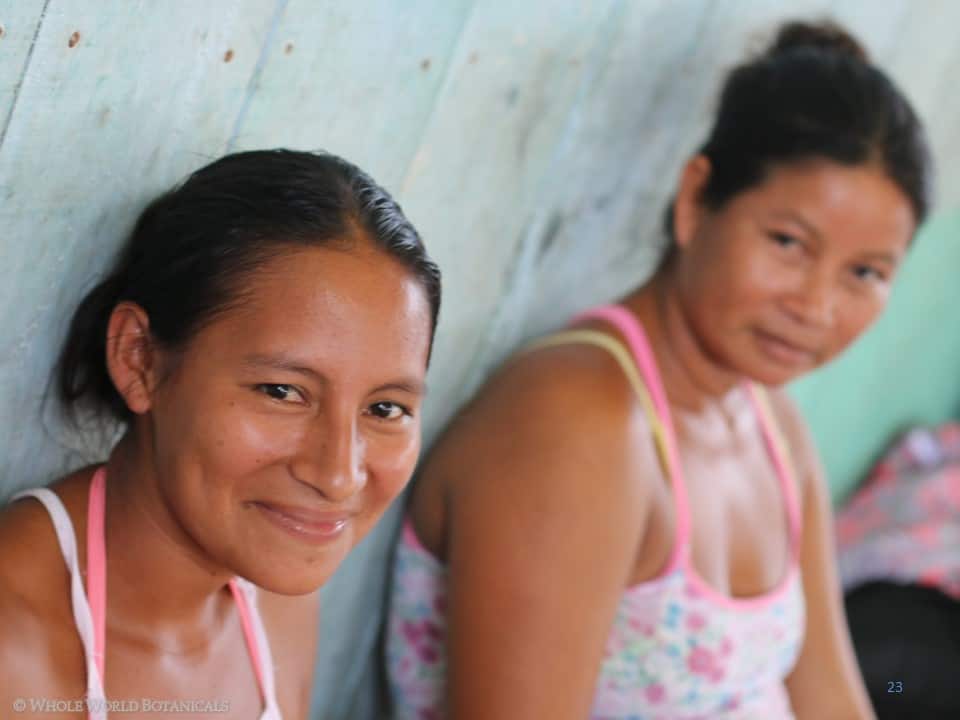
Now it is time to pass out to these volunteers the application to officially become a Water Woman. They are entitled to an extraordinary filter in exchange for taking responsibility to provide pure water to members of their community.
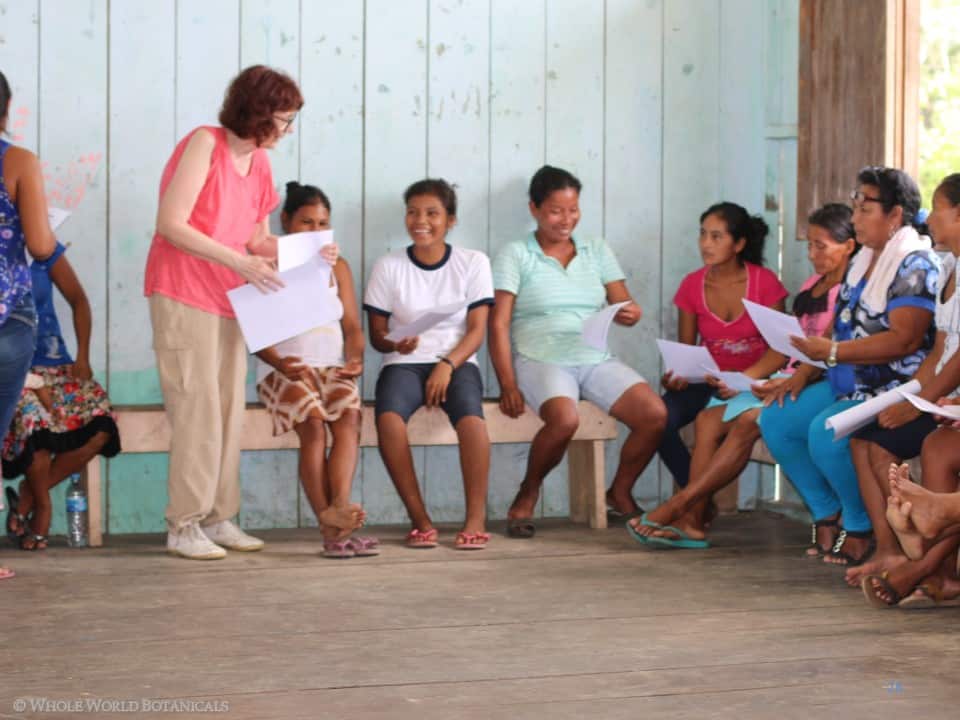
This toddler had to drink river water on Dec. 1, 2015 when we dropped out of the sky to visit Santa Maria. The rains had not come for almost a week. By the third week of January, the rainy season still had not started. It is very late this year. Whole World Botanicals’ team is returning in March to give training to the Water Women volunteers in the use and care of these water filters. And just as important, lessons in appreciating their own greatness in undertaking this awesome responsibility. We also hope to impart a sense of gratitude in the participants for their opportunity to make such a difference in their community.
